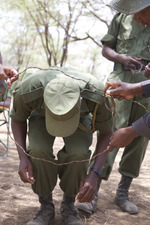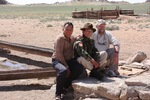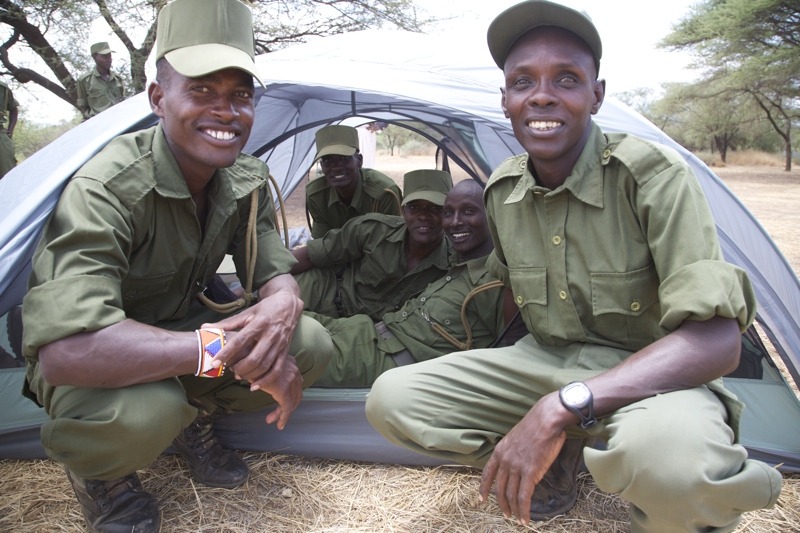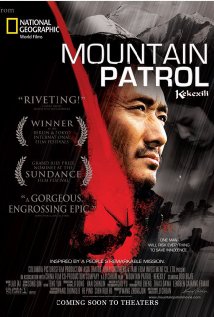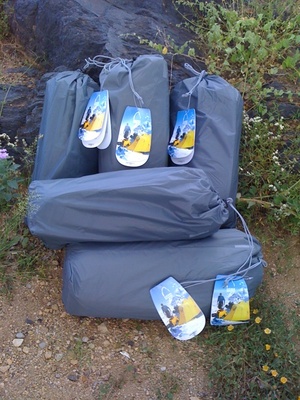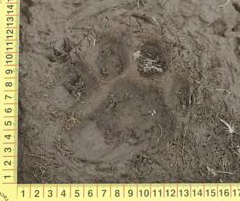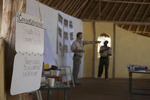 Despite a language and culture gap many would consider formidable, two law enforcement rangers from the U.S. Park Service bonded instantly with a group of 28 Maasai game scouts from the South Rift in Kenya.
Despite a language and culture gap many would consider formidable, two law enforcement rangers from the U.S. Park Service bonded instantly with a group of 28 Maasai game scouts from the South Rift in Kenya.
During an intensive, ConserVentures-sponsored three-day workshop held at the Lale’enok Resource Center, about 90 miles south of Nairobi, Gary Haynes and Michael Hardin shared their training and experience in tactics for tracking poachers who might be armed and capable of laying an ambush to surprise their pursuers. In return, Gary and Michael were embraced as brethren by the Maasai rangers, who quickly recognized and valued their shared professionalism and similar challenges, and who gave as good as they received in explaining fieldcraft relevant to the African bush. Michael Lenaimado, head of the scouts and fluent in Maa and English, translated throughout the training, but after the first day or two much of the one-on-one interaction seemed to take place more by telepathy than talking.

